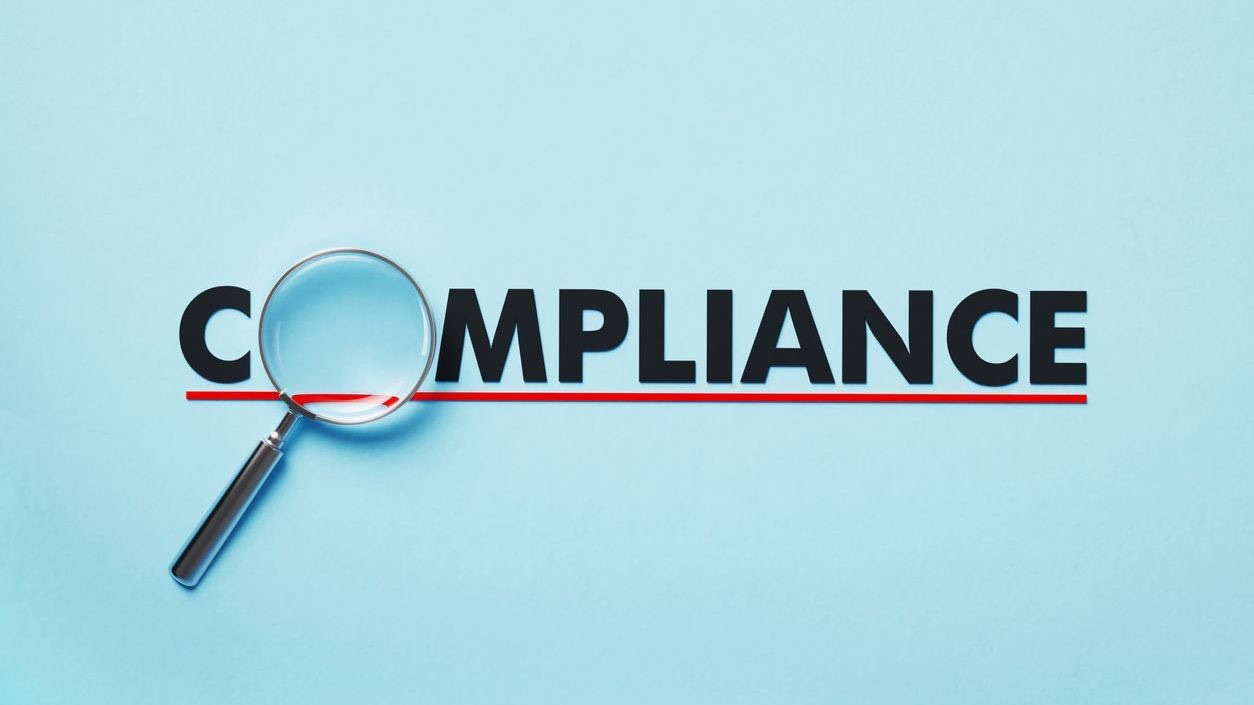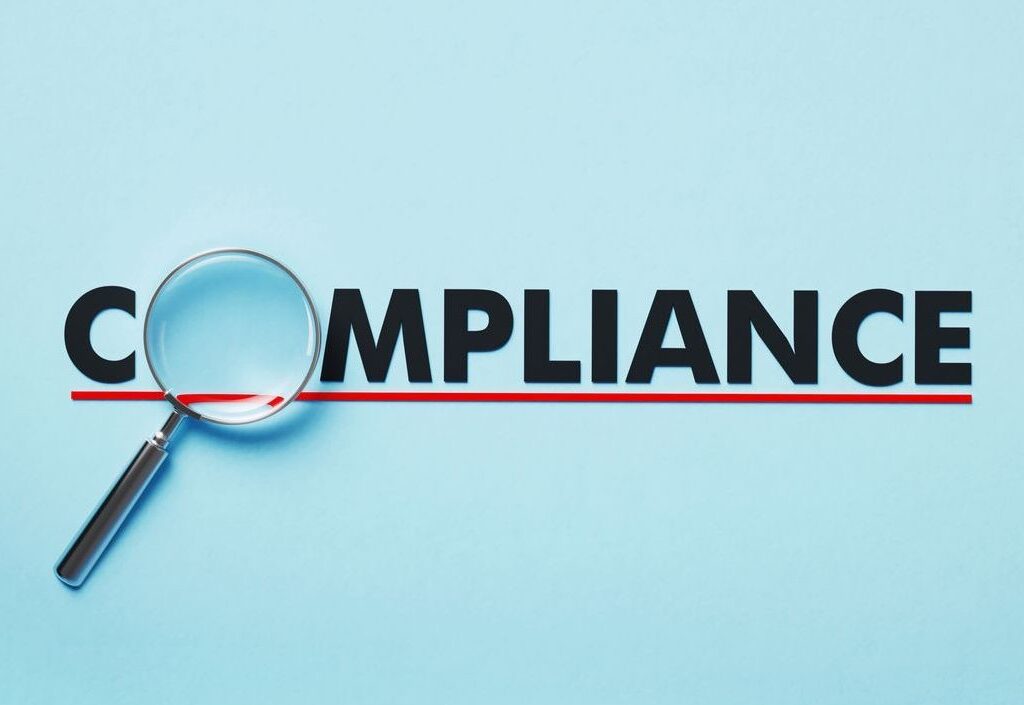Effective scheduling services are the backbone of successful small business pizzerias in Hoover, Alabama. With the city’s growing population and competitive food service landscape, pizzeria owners face unique scheduling challenges that directly impact customer satisfaction, employee morale, and bottom-line results. From managing weekend rushes during University of Alabama football games to coordinating delivery drivers during unpredictable weather, Hoover pizzerias require sophisticated yet user-friendly scheduling solutions that accommodate the distinctive rhythm of pizza business operations. Modern scheduling software like Shyft can transform how pizzeria managers handle staff assignments, time-off requests, and last-minute schedule changes, ultimately creating more profitable and harmonious restaurant environments.
The fast-paced nature of pizzeria operations in Hoover demands scheduling flexibility that traditional pen-and-paper methods simply cannot provide. With fluctuating customer demand patterns influenced by local events, sports seasons, and school schedules, pizzeria owners need dynamic tools that can adapt quickly while maintaining operational efficiency. Implementing the right scheduling service not only streamlines administrative tasks but also empowers employees through greater schedule transparency and input opportunities, ultimately contributing to better customer experiences and increased revenue.
Key Challenges of Pizzeria Scheduling in Hoover, Alabama
Small business pizzerias in Hoover face distinct scheduling obstacles that directly affect their operational efficiency and profitability. Understanding these challenges is the first step toward implementing effective scheduling solutions. The seasonal nature of pizza demand in Hoover, influenced by local events and tourism patterns, requires flexible staffing approaches that can be difficult to manage without dedicated scheduling tools. Identifying common scheduling conflicts early helps prevent staffing gaps that can lead to poor customer service during critical rush periods.
- Fluctuating Business Volume: Hoover pizzerias experience significant demand variations between weekday lunches, weekend dinners, and special events like high school football games or business conferences at the Hoover Met Complex.
- Last-Minute Schedule Changes: Staff calling in sick or requesting time off with minimal notice can leave pizzerias understaffed during critical periods.
- Complex Shift Requirements: Different positions (dough makers, pizza chefs, delivery drivers, counter staff) require specific skills and certifications, complicating the scheduling process.
- Compliance with Labor Laws: Alabama-specific labor regulations, including minor work restrictions for high school students commonly employed by pizzerias, require careful schedule management.
- Weather Impacts: Hoover’s occasional severe weather affects both customer demand and delivery driver availability, necessitating rapid schedule adjustments.
Managing these challenges manually leads to significant time investment from owners and managers who could better utilize their expertise elsewhere in the business. Improving scheduling efficiency through specialized software enables pizzeria operators to focus on food quality, customer experience, and business growth rather than administrative scheduling tasks. The right scheduling service transforms these challenges into manageable processes that support rather than hinder business operations.
Benefits of Scheduling Software for Hoover Pizzerias
Implementing dedicated scheduling software delivers numerous advantages to pizzeria operations in Hoover. These benefits extend beyond simple time savings, positively impacting nearly every aspect of the business from employee satisfaction to financial performance. Modern shift planning solutions provide pizzeria owners with tools to optimize operations while creating better work environments for their teams.
- Increased Operational Efficiency: Automated scheduling reduces administrative time by up to 80%, allowing managers to focus on customer service and food quality rather than schedule creation.
- Improved Employee Satisfaction: User-friendly interfaces enable staff to view schedules, request time off, and swap shifts through mobile apps, increasing workplace flexibility and reducing schedule-related conflicts.
- Optimized Labor Costs: Scheduling software helps match staffing levels precisely to projected demand, preventing costly overstaffing during slow periods while ensuring adequate coverage during rushes.
- Enhanced Communication: Integrated messaging features facilitate clear team communication about schedule changes, special events, and operational updates without requiring separate communication channels.
- Real-Time Adaptability: Cloud-based scheduling solutions allow for immediate schedule adjustments when unexpected situations arise, such as delivery drivers calling in sick or sudden catering orders.
Research shows that employee satisfaction is critically important to business success, and fair, transparent scheduling practices significantly contribute to staff happiness. Pizzerias that implement effective scheduling services typically see reduced turnover rates, as employees appreciate the improved work-life balance and schedule predictability. This stability translates to better customer experiences through consistent service from experienced staff members who understand regular customers’ preferences and expectations.
Essential Features to Look for in Scheduling Software for Pizzerias
When selecting scheduling software for a Hoover pizzeria, owners should prioritize specific features that address the unique needs of their restaurant operations. Not all scheduling solutions are created equal, and identifying the most relevant functionality will ensure maximum return on investment. Understanding key scheduling features helps pizzeria managers make informed decisions when selecting a platform that will serve their business effectively.
- Mobile Accessibility: Staff should be able to view schedules, request shifts, and communicate with managers through smartphone apps, essential for younger employees who make up much of the pizzeria workforce in Hoover.
- Shift Swapping Capabilities: The ability for employees to trade shifts with manager approval helps maintain coverage while giving staff flexibility, particularly important for student employees from nearby Hoover High School or Jefferson State Community College.
- Forecasting Tools: Software that analyzes historical data to predict busy periods helps managers prepare for Hoover’s seasonal fluctuations, local events, and weather patterns that impact pizza orders.
- Real-Time Updates: When schedules change, all affected staff should receive immediate notifications to prevent miscommunications and missed shifts.
- Integration Capabilities: The scheduling software should connect with point-of-sale systems, payroll processing, and other business tools to create a seamless operational workflow.
Advanced scheduling platforms like Shyft offer payroll integration that eliminates manual data entry between systems, reducing errors and saving administrative time. Additionally, look for solutions that provide reporting and analytics features to help identify trends in scheduling efficiency, labor costs, and employee performance. These insights allow pizzeria owners to make data-driven decisions about staffing levels and operational adjustments that can significantly improve profitability over time.
Implementing Scheduling Services in Your Pizzeria
Successfully transitioning to digital scheduling requires thoughtful implementation to ensure staff adoption and maximize benefits. For Hoover pizzerias, the implementation process should be carefully managed to prevent disruptions to daily operations while new systems are being introduced. Proper implementation and training are crucial factors that determine whether a scheduling solution will deliver its full potential value to your business.
- Phased Rollout Approach: Begin with manager training, followed by gradual employee onboarding rather than switching the entire operation at once, which can overwhelm staff.
- Customization for Local Needs: Configure the software to reflect Hoover’s specific business patterns, including extended hours during UAB and Samford University events or adjusted delivery scheduling during Ross Bridge area construction periods.
- Employee Training Sessions: Schedule multiple training opportunities for staff, considering the varied shifts and availability patterns typical in pizzeria operations.
- Feedback Collection: Establish a system for gathering input from managers and staff about what’s working and what needs adjustment as the new scheduling system is implemented.
- Data Migration Planning: Carefully transfer existing employee information, availability preferences, and recurring shift patterns into the new system to maintain continuity.
Creating a detailed implementation timeline helps set realistic expectations for both management and staff. Launching your first digital schedule should be treated as an important milestone, with adequate preparation and support resources available. Most successful implementations in Hoover pizzerias include identifying “power users” – tech-savvy employees who can help their colleagues navigate the new system and serve as internal champions for the technology adoption process.
Managing Peak Hours and Seasonal Demands with Scheduling Software
Hoover pizzerias experience predictable yet challenging demand fluctuations that require sophisticated scheduling approaches. From Friday night rushes to major sporting events and holiday periods, anticipating and staffing for these peak times is essential for business success. Advanced scheduling software provides powerful tools to handle these variations efficiently. Seasonal staffing strategies enabled by modern scheduling platforms help pizzeria owners maintain service quality even during the busiest periods.
- Historical Data Analysis: Quality scheduling software analyzes past sales data to predict staffing needs for recurring events like Hoover High School football games or the SEC Baseball Tournament at the Hoover Met.
- Split Shift Scheduling: During peak periods, the ability to schedule split shifts helps ensure adequate coverage without excessive labor costs, particularly useful for handling lunch and dinner rushes separately.
- On-Call Staff Management: Digital scheduling makes it easier to maintain and activate an on-call roster for unexpected demand spikes, such as large orders from nearby corporate offices in Meadow Brook Corporate Park.
- Weather-Based Adjustments: When severe weather hits Hoover, scheduling software facilitates quick adjustments to delivery driver schedules and in-house staffing to accommodate changing order patterns.
- Special Event Planning: Built-in calendar features help managers plan ahead for major local events like the Regions Tradition golf tournament that significantly impact order volume.
Effective holiday staffing management is particularly important for pizzerias in Hoover, where events like Fourth of July celebrations at Veterans Park or Christmas shopping season at the Riverchase Galleria create unique demand patterns. Advanced scheduling software enables managers to create templates for these special occasions based on past performance data, ensuring appropriate staffing levels without starting from scratch each year. This systematic approach to seasonal scheduling helps maintain consistent service quality while controlling labor costs.
Staff Communication and Coordination Through Scheduling Services
Effective team communication is essential for pizzeria operations, where coordination between front-of-house staff, kitchen personnel, and delivery drivers directly impacts customer satisfaction. Modern scheduling services incorporate robust communication features that extend beyond simply displaying work hours. Integrated team communication tools facilitate smoother operations by connecting all staff members through centralized platforms, eliminating the confusion that often results from using multiple communication channels.
- Shift Notes and Instructions: Managers can attach specific instructions to shifts about special promotions, menu changes, or operational updates relevant to Hoover customers, such as adjusted delivery boundaries during Highway 150 construction.
- Group Messaging: Built-in messaging allows managers to communicate with the entire team, specific departments, or individual employees about urgent matters like unexpected ingredient deliveries or equipment maintenance.
- Shift Confirmation Alerts: Automated notifications require employees to acknowledge scheduled shifts, reducing no-shows and ensuring everyone is aware of their commitments.
- Availability Updates: Staff can communicate availability changes through the platform, making it easier for managers to identify coverage gaps for popular order times near Hoover’s shopping districts or entertainment venues.
- Cross-Training Opportunities: Advanced scheduling platforms can highlight opportunities for employees to learn new roles, enhancing team flexibility when facing staffing shortages.
Implementing effective communication strategies through scheduling software creates more cohesive teams that can better handle the challenges of pizzeria operations. For instance, when a large delivery order comes in from a corporate client in Hoover’s business district, the system can instantly alert available delivery drivers about the opportunity for additional shifts. This real-time coordination is particularly valuable during Hoover’s unpredictable spring storm season when staffing adjustments may be needed quickly to maintain service levels.
Integrating Scheduling with Other Business Operations
For maximum efficiency, scheduling services should connect seamlessly with other systems used in pizzeria operations. This integration eliminates redundant data entry and creates a more cohesive operational workflow. Integrated business systems provide pizzeria owners with comprehensive operational insights that support better decision-making across all aspects of the business.
- Point-of-Sale Integration: Connecting scheduling with POS systems allows labor costs to be compared directly against sales data, providing real-time productivity metrics during different shifts and service periods.
- Payroll System Connectivity: Direct integration with payroll eliminates manual hour calculations, reducing errors and ensuring employees are paid accurately for regular and overtime hours.
- Inventory Management Alignment: Coordinating staff schedules with inventory delivery and preparation schedules ensures adequate personnel for food prep during high-volume periods at Hoover pizzerias.
- Customer Relationship Management: Linking scheduling with CRM systems helps ensure experienced staff are scheduled during periods when valued regular customers typically order.
- Delivery Management Systems: Integration with delivery tracking software optimizes driver scheduling based on typical delivery patterns in different Hoover neighborhoods.
Successful integration requires selecting scheduling software with robust API capabilities and compatibility with existing systems. Evaluating integration capabilities should be a priority when choosing a scheduling solution for your pizzeria. Many Hoover pizzeria owners find that working with local IT consultants familiar with the restaurant industry helps ensure smooth system integration. The initial investment in proper integration typically pays dividends through significant operational improvements and administrative time savings.
Optimizing Labor Costs with Scheduling Solutions
Labor costs typically represent 25-35% of revenue for pizzerias, making effective staff scheduling a critical factor in profitability. Advanced scheduling solutions provide powerful tools to optimize these expenses while maintaining service quality. Detailed labor cost analysis enabled by modern scheduling platforms helps pizzeria owners make data-driven decisions about staffing levels and shift distributions.
- Demand-Based Scheduling: Using historical sales data to predict busy periods allows managers to schedule appropriate staff levels for different times of day, preventing costly overstaffing during slower periods.
- Overtime Monitoring: Automated alerts notify managers when employees are approaching overtime thresholds, allowing for schedule adjustments to control premium labor costs.
- Skill-Based Assignment: Ensuring employees work in roles matching their skill levels and pay rates prevents using higher-paid staff for tasks that could be performed by entry-level team members.
- Labor Cost Projections: Advanced scheduling systems calculate projected labor costs as schedules are built, allowing managers to make adjustments before finalizing assignments.
- Compliance Management: Built-in compliance features prevent costly violations of labor laws, including regulations specific to minors often employed by Hoover pizzerias.
Implementing effective overtime management strategies is particularly important for pizzerias dealing with unpredictable rush periods or special events. Scheduling software that tracks hours in real-time helps managers distribute shifts more equitably while avoiding unnecessary overtime expenses. The data generated by these systems also provides valuable insights into staffing efficiency, allowing pizzeria owners to identify opportunities for improvement in their scheduling practices and labor utilization across different service periods.
Employee Satisfaction and Retention Through Better Scheduling
In Hoover’s competitive restaurant market, attracting and retaining quality staff presents a significant challenge for pizzeria owners. Modern scheduling services can substantially improve employee satisfaction and reduce turnover by creating more responsive, fair, and flexible work environments. Schedule flexibility directly impacts employee retention, making advanced scheduling tools a valuable investment in workforce stability.
- Self-Service Scheduling: Allowing employees to view schedules, request time off, and indicate availability preferences through mobile apps increases their sense of control and work-life balance.
- Fair Shift Distribution: Transparent scheduling algorithms ensure equitable distribution of desirable shifts (like Friday evenings with higher tips) and less popular times (like Monday afternoons).
- Schedule Predictability: Publishing schedules further in advance gives employees better ability to plan their personal lives, particularly important for student employees from Hoover High School or Jefferson State Community College.
- Preference Accommodation: Digital systems make it easier to track and honor employee preferences for specific shifts or days off, showing respect for their needs outside work.
- Recognition Integration: Some advanced platforms incorporate recognition features that highlight perfect attendance or willingness to cover difficult shifts.
Research consistently shows that schedule satisfaction significantly impacts employee morale and, consequently, customer service quality. Pizzerias that implement responsive scheduling systems typically see improvements in staff performance and customer interactions. This positive cycle enhances both the employee and customer experience, creating a more successful business operation. In an industry where the average employee turnover exceeds 70% annually, scheduling improvements that reduce this rate even marginally can save thousands in recruiting and training costs.
Conclusion
Implementing effective scheduling services represents a significant opportunity for Hoover pizzerias to improve operational efficiency, enhance employee satisfaction, and ultimately increase profitability. The right scheduling solution transforms what was once a time-consuming administrative burden into a strategic advantage that supports business growth. By leveraging technology specifically designed for the unique demands of restaurant operations, pizzeria owners can create more responsive businesses that better serve both their employees and customers.
Success in the competitive Hoover food service market requires pizzerias to maximize every operational advantage available. Modern scheduling software provides the tools needed to optimize labor costs, improve communication, adapt quickly to changing conditions, and create more satisfying work environments. For pizzeria owners ready to move beyond traditional scheduling methods, the transition to digital scheduling represents an investment that typically delivers substantial returns through improved efficiency, reduced administrative time, decreased turnover, and enhanced customer experiences. With the right implementation approach and ongoing utilization of the system’s capabilities, scheduling services can become a cornerstone of successful pizzeria operations in Hoover.
FAQ
1. What is the typical cost of scheduling software for a small pizzeria in Hoover?
Scheduling software for small pizzerias in Hoover typically ranges from $2-5 per employee per month for basic solutions to $5-10 per employee monthly for more advanced platforms with additional features like payroll integration and demand forecasting. Many providers offer tiered pricing based on the number of employees and selected features. Most scheduling services provide free trials, allowing pizzeria owners to test functionality before committing. The return on investment generally comes through reduced administrative time, decreased overtime costs, and improved staffing efficiency. For a typical Hoover pizzeria with 15-20 employees, expect to invest $30-200 monthly depending on the solution’s sophistication.
2. How long does it typically take to implement scheduling software in a pizzeria?
Implementing scheduling software in a Hoover pizzeria typically takes 2-4 weeks from initial setup to full adoption. The process usually begins with system configuration and employee data upload (1-2 days), followed by manager training (1-2 days), initial schedule creation (1-2 days), and then employee training and adoption (1-2 weeks). More complex integrations with POS systems or payroll may extend the timeline. Most pizzerias find success with a phased implementation approach, starting with basic scheduling before adding advanced features. The key factors affecting implementation time include staff technology comfort levels, the complexity of existing scheduling patterns, and the extent of desired integrations with other business systems.
3. How can scheduling software help manage delivery drivers specifically?
Scheduling software offers several specialized features for managing delivery drivers in Hoover pizzerias. These systems can track driver certifications and insurance documentation, ensuring only qualified staff are scheduled for delivery shifts. GPS integration capabilities allow managers to optimize driver assignments based on delivery zones and typical traffic patterns in different Hoover neighborhoods. Advanced platforms incorporate weather forecasting to adjust driver schedules during severe weather events. The software can also manage split shifts common for drivers (lunch and dinner peaks) while calculating appropriate break times between periods. Additionally, these systems facilitate tip reporting and can help analyze delivery performance metrics to identify opportunities for route optimization and service improvements.
4. Can scheduling software accommodate the schedules of student employees from local Hoover schools?
Yes, modern scheduling software is particularly effective at managing student employees from Hoover High School, Spain Park High School, and Jefferson State Community College. These platforms allow students to input class schedules and extracurricular commitments as recurring availability constraints. Managers can create specific role classifications for minor employees with appropriate hour restrictions to ensure compliance with Alabama labor laws for teenage workers. The mobile app interfaces preferred by younger workers make it easy for students to view schedules, request time off for exams, and pick up available shifts during school breaks. Advanced systems can also track academic calendars to anticipate staffing changes during finals weeks, spring breaks, and semester transitions, helping pizzeria managers plan accordingly.
5. How does scheduling software help pizzerias prepare for major local events in Hoover?
Scheduling software helps Hoover pizzerias prepare for major local events through several specialized features. Calendar integration allows managers to mark significant local events like SEC Baseball Tournaments at the Hoover Met, concerts at the Oak Mountain Amphitheatre, or conventions at the Finley Center, automatically flagging these dates for increased staffing. Historical data analysis shows previous sales patterns during similar events, guiding appropriate staffing levels. Staff availability management helps identify which employees are available for these high-demand periods in advance. Some platforms include weather forecasting integration, particularly valuable during outdoor events where weather directly impacts delivery volume. Additionally, communication features facilitate advance notification to staff about expected busy periods, special menu items, or modified operating hours during major Hoover events.












